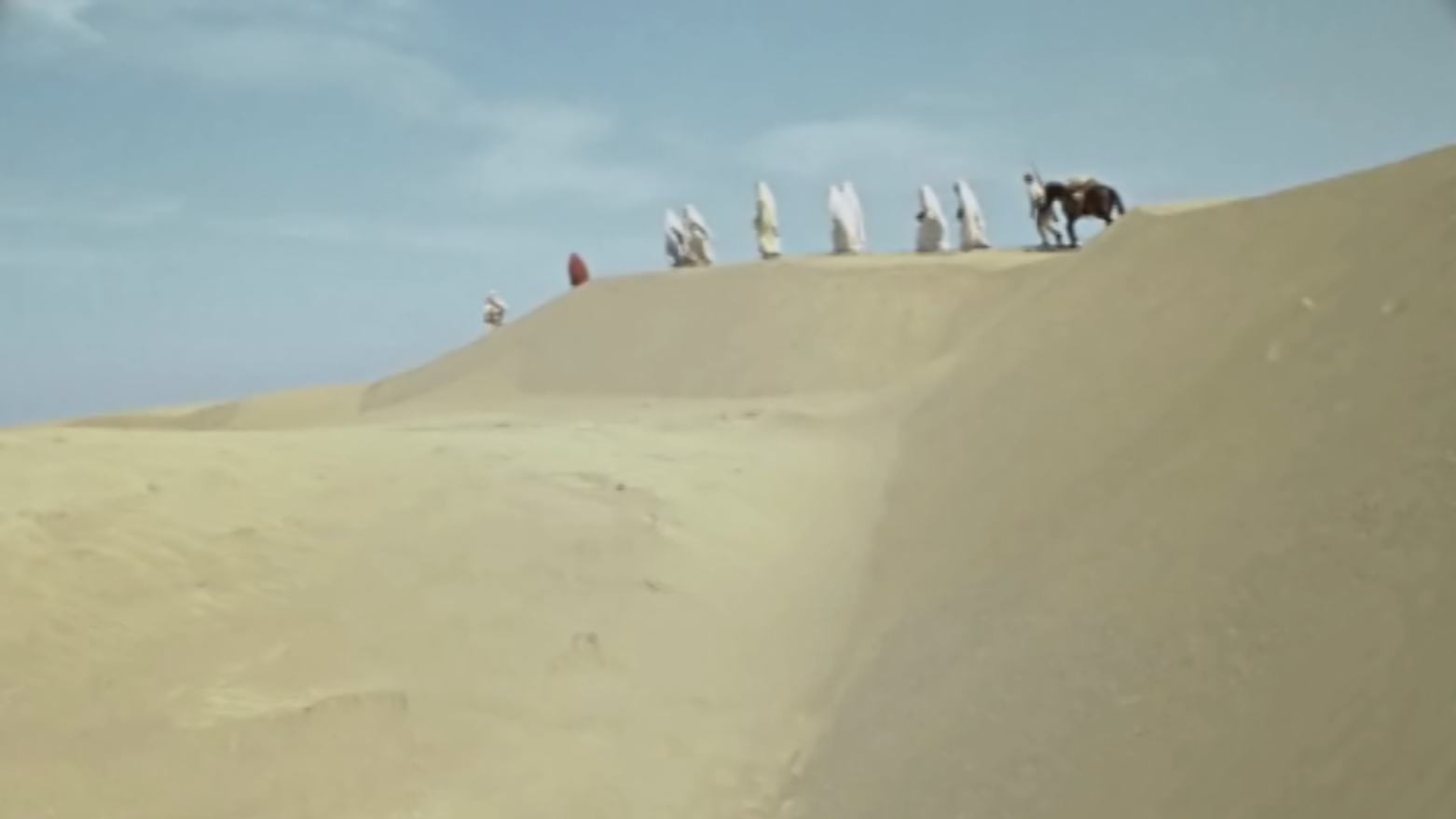SIENOS | BORDERLINE works with the colonial approach to the identity of the Baltic states both on the part of the USSR/Russia and the EU. The project is based on the studies of instability of the sand dune landscape in connection with the security area of the borderline, the methods of geodetic work with it and the link between these methods and the collective memory, cinema and colonialism.
SIENOS | BORDERLINE
In the present context of escalated geopolitical conflicts and, as a consequence, the aggressive internal ideological historical policy pursued by the official authorities in Russia, that is aimed at instrumentalization and sacralization of history, have caused almost complete eradication of open public spaces for debates on history and on its elements that have been lost or excluded from the official narrative. Unification of historicalassessments and rigid monopoly on historical past lead to absolutization of trauma, intensification of revanchist sentiments in society and, as a result, the legitimation of foreign policy conflicts domestically. In an attempt to construct an alternative space we refer to the concept of the border, which is regarded not only as a clashline of political and ideological interests, but also as a point of the chaotic intersection of history with individual memory and with the place itself.
For this work we have chosen the sand dunes of the Curonian Spit on the border of Russia and Lithuania. Structurally these dunes come out to be a dynamic system, mobile and constantly changingunder certain physical influence. There are specially designed decks on the surface of the dunes, which is the only way that one is allowed to move there. It is aimed at minimization of the dunes migration. These routes are captured in one's mind, becoming constant. Despite the fact that dunes are moving all the time, now decreasing, then increasing in size, they transfer these constructions, conceal or reveal the motion marks.
The unpredictable intersection of actual national borders, conflicts of ideologies, migrating physical structures and ways of interaction with them build up a symbolic space of analysis and flexible perception of history.
For this work we have chosen the sand dunes of the Curonian Spit on the border of Russia and Lithuania. Structurally these dunes come out to be a dynamic system, mobile and constantly changingunder certain physical influence. There are specially designed decks on the surface of the dunes, which is the only way that one is allowed to move there. It is aimed at minimization of the dunes migration. These routes are captured in one's mind, becoming constant. Despite the fact that dunes are moving all the time, now decreasing, then increasing in size, they transfer these constructions, conceal or reveal the motion marks.
The unpredictable intersection of actual national borders, conflicts of ideologies, migrating physical structures and ways of interaction with them build up a symbolic space of analysis and flexible perception of history.





